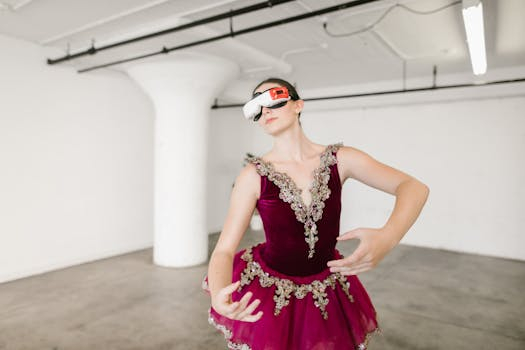AI Fashion Forecasters: Will Algorithms Replace Trend Analysts?
As the fashion industry continues to evolve and adapt to new technologies, the rise of artificial intelligence (AI) has sparked some debate among trend analysts and forecasters. With algorithms becoming increasingly sophisticated, some are wondering: Will AI replace the need for human trend analysts in the fashion forecast industry? Let’s take a closer look at the capabilities of AI fashion forecasters and the potential impact on traditional trend analysis methods.
Understanding AI Fashion Forecasters
Before we delve into the potential replacement of trend analysts by AI, let’s first understand what AI fashion forecasters are and how they work. Simply put, AI fashion forecasters are computer programs that use algorithms to analyze large amounts of data and predict future trends in the fashion industry. These algorithms are trained on historical fashion data, including past trends, consumer behavior, and social media trends, in order to make accurate predictions.
Benefits of AI Fashion Forecasters
The use of AI in fashion forecasting has several potential benefits. Firstly, AI programs are able to process and analyze vast amounts of data at a much faster rate than humans, allowing for more efficient and accurate trend predictions. Additionally, AI is not influenced by human emotion or bias, meaning that predictions are made purely based on data and trends, rather than personal opinions.
Moreover, AI fashion forecasters are able to monitor and analyze social media trends in real-time, providing up-to-date and relevant data on consumer behavior and preferences. This allows fashion brands to quickly adapt and stay ahead of the game in terms of trends and consumer demand.
The Limitations of AI Fashion Forecasters
Despite the potential benefits of AI fashion forecasters, there are also some limitations to consider. While AI is able to analyze data and make predictions, it does not have the same level of creativity, intuition, and critical thinking as human trend analysts. This means that AI may not be able to accurately predict emerging trends or make the same creative connections as a human trend analyst would.
Furthermore, AI is only as good as the data it is trained on. This means that if the data is biased or limited in some way, the predictions of the AI will also be biased or limited. Human trend analysts, on the other hand, are able to use their knowledge and experience to make more nuanced and insightful predictions.
Will AI Replace Trend Analysts?
So, the burning question remains, will AI replace trend analysts in the fashion forecast industry? The short answer is, probably not. While AI may have its advantages, it is not a complete replacement for the unique skills and expertise of human trend analysts.
One of the primary roles of a trend analyst is to not only predict trends, but also to interpret and analyze the data in a meaningful way. This requires creativity, intuition, and the ability to understand the cultural and social contexts of fashion. These are qualities that cannot be replicated by AI.
While AI may be able to make accurate predictions based on data, it cannot predict or factor in unexpected events or cultural shifts. This is where the critical thinking and creativity of human trend analysts is invaluable.
The Future of Fashion Forecasting
So, what does the future hold for fashion forecasting? It is likely that AI and human trend analysts will continue to work in collaboration, rather than one replacing the other entirely. AI can be utilized to process and analyze vast amounts of data, providing trend analysts with valuable insights and information to support their predictions. This will allow trend analysts to focus on the more creative and critical thinking aspects of their role.
In conclusion, while AI fashion forecasters are a valuable tool in the fashion industry, it is unlikely that they will completely replace human trend analysts. The combination of AI and human expertise will allow for more accurate and efficient trend forecasting, ensuring that the fashion industry continues to evolve and innovate.




